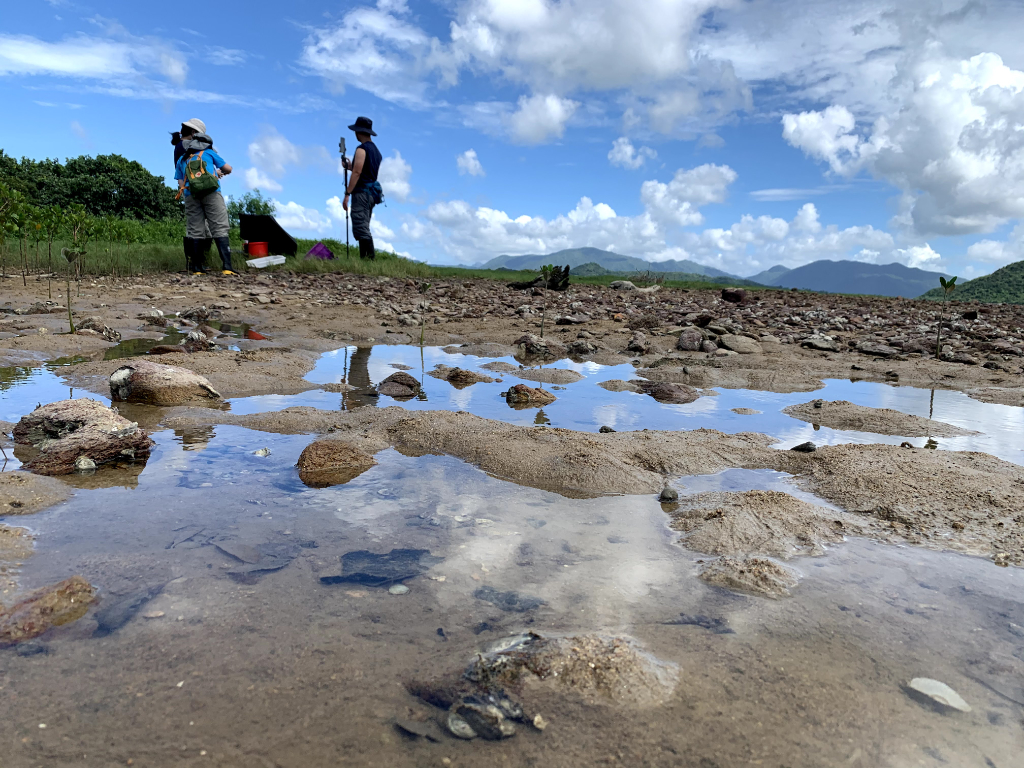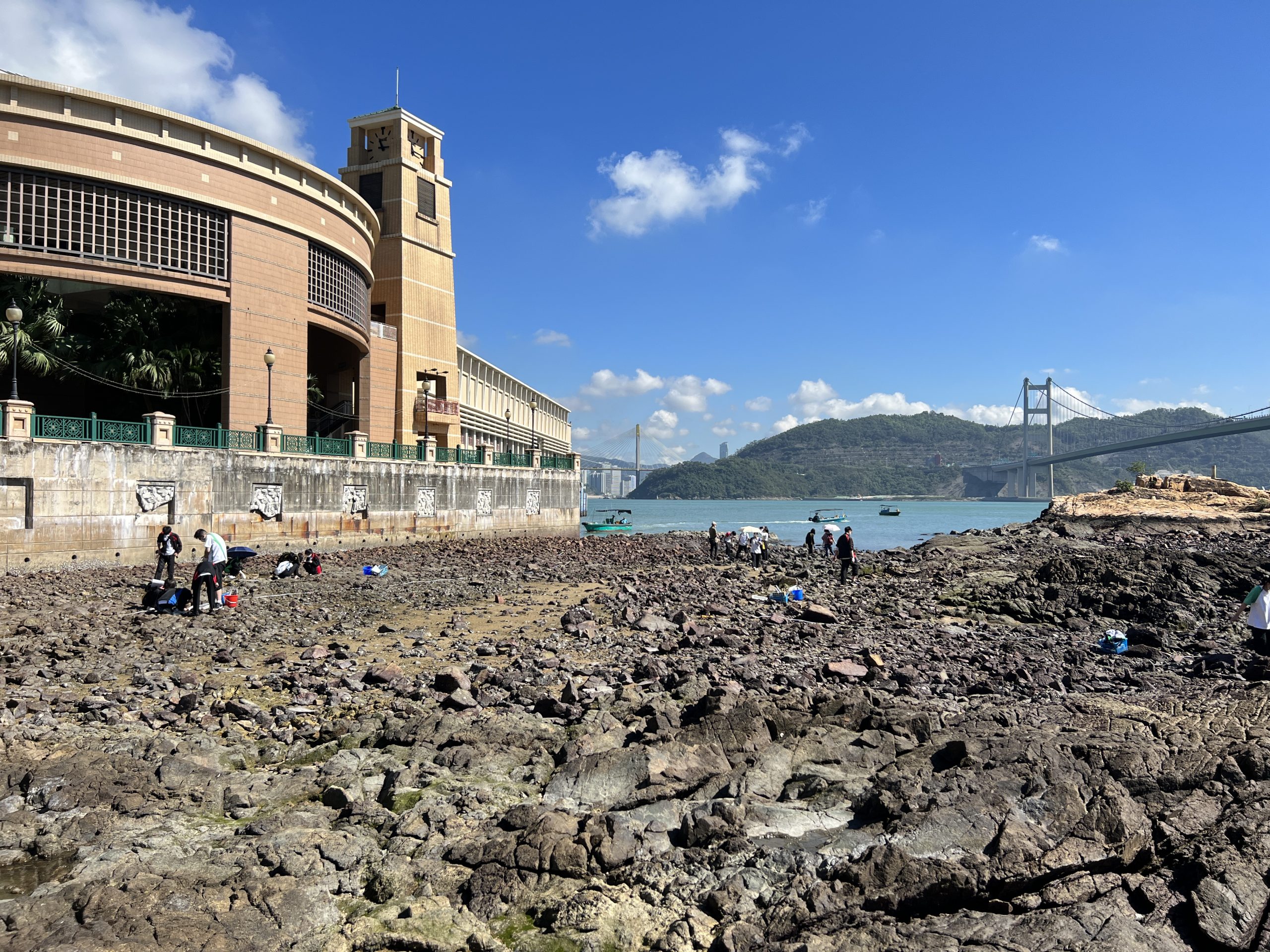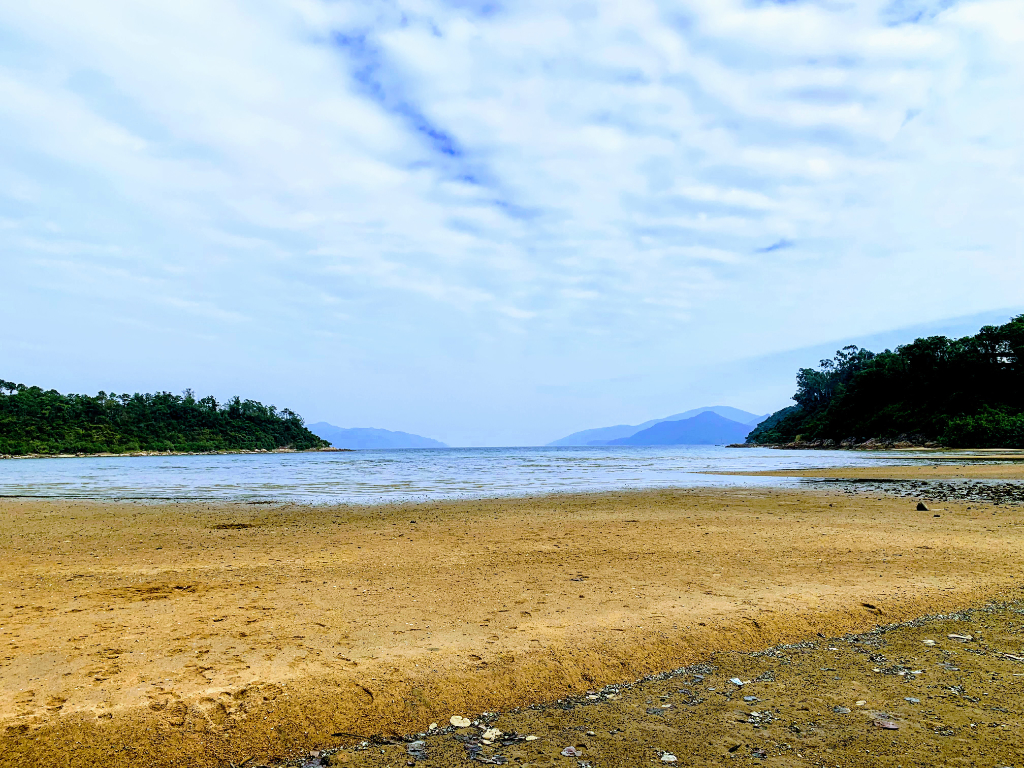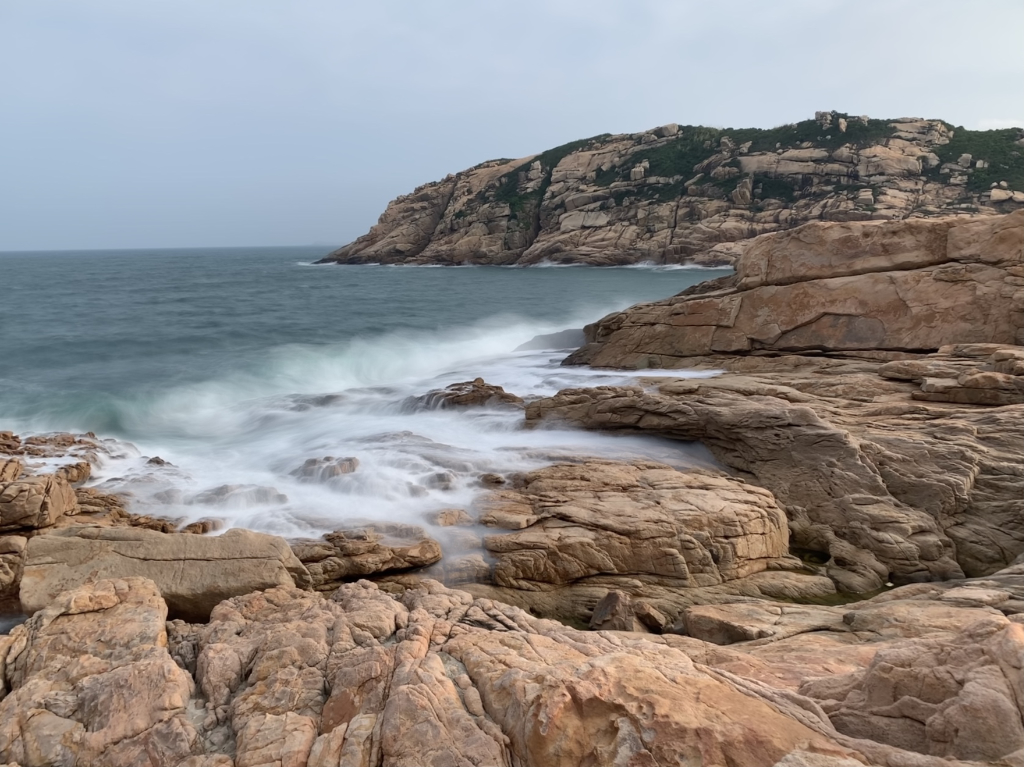8. Study of mangrove ecosystem
Related Courses
2024 / 2025 Senior Secondary Biology Field Trip
8. Study of mangrove ecosystem
Mangrove stands is one of the most well-known coastal habitats. Students can learn how to identify different true mangroves and mangrove associates as well as diversified animals living in the inter-tidal zone. Students can also measure various abiotic factors of the habitat. By observing the distribution and adaptive features of the animals and plants, students could better understand the relationships between the physical environment and living organisms.
Field Site: Sai Keng, Sai Sha Road
Instructional mode:
Students would carry out field study under teacher’s instructions。Download the field trip worksheet here (PDF): Mangrove
Investigatory mode:
Students would design and implement a research project on their own, including setting up research topic, targets and variables, methodology, and construct a report after all. Students are required to submit a research proposal via an online system before the field trip.

9. Study of rocky shore ecosystem
Related Courses
2024 / 2025 Senior Secondary Biology Field Trip
9. Study of rocky shore ecosystem
The rocky shore has a unique zonation pattern, as well as many different microhabitats. During the field trip, the students use a belt transect to record the distribution of animals, measure abiotic factors, and learn about how organisms adapt to the harsh environment of rocky shores.
Field Site: Tung Wan, Ma Wan
Instructional mode:
Students would carry out field study under teacher’s instructions. Download the field trip worksheet here (PDF): Rocky_shore
Investigatory mode:
Students would design and implement a research project on their own, including setting up research topic, targets and variables, methodology, and construct a report after all. Students are required to submit a research proposal via an online system before the field trip.

10. Study of sand flat ecosystem
Related Courses
2024 / 2025 Senior Secondary Biology Field Trip
10. Study of sand flat ecosystem
A sand flat ecosystem is a lesser-known habitat. In addition to living on the sand, there are also many strange creatures lurking in the sand. Students systematically record changes in biotic and abiotic factors with the belt transect method to learn about how organisms are distributed and adapted.
Field Site: Ting Kok East, Tai Po
Instructional mode:
Students would carry out field study under teacher’s instructions. Download the field trip worksheet here (PDF): Sandflat
Investigatory mode:
Students would design and implement a research project on their own, including setting up research topic, targets and variables, methodology, and construct a report after all. Students are required to submit a research proposal via an online system before the field trip.



